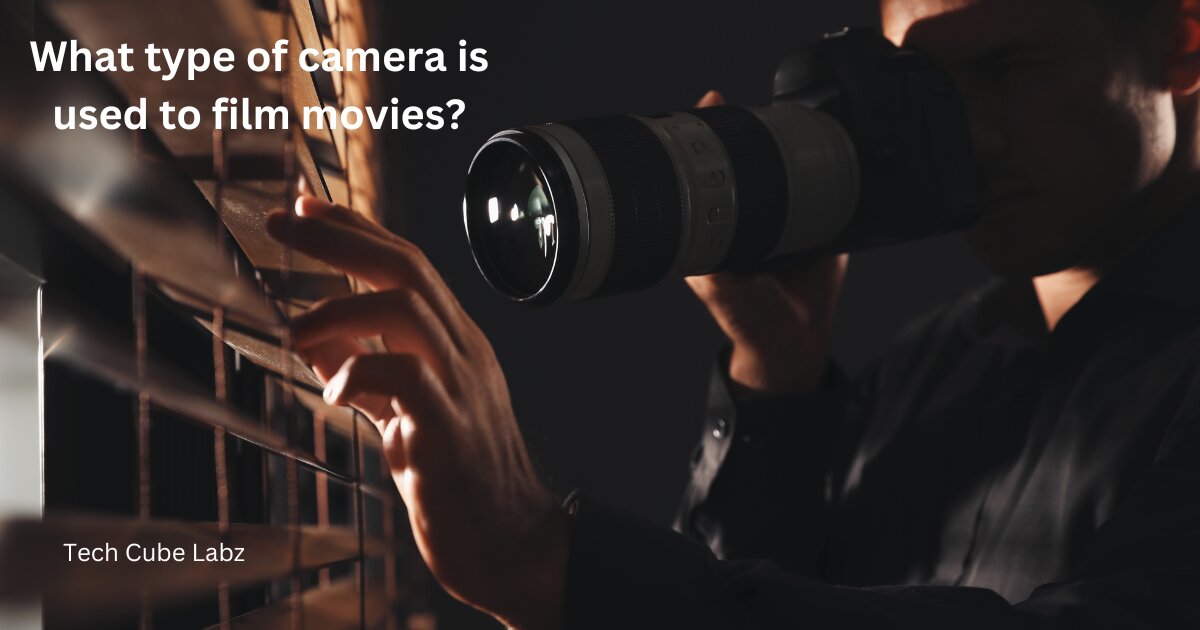
What type of camera is used to film movies?: The movie camera, also known as the film camera or cinema camera, is a type of photographic camera that quickly takes a series of photos, either on film stock or onto an image sensor, in order to create a moving picture to be displayed on a screen.
The still camera captures one image at a given time. A movie camera, however, takes multiple images using an intermittent mechanism. Each image is a frame. These frames are projected by a movie or video projector at a certain framerate.
A fascinating forerunner of the movie camera is the machine that was invented in 1845 by Francis Ronalds at the Kew Observatory.
The camera’s aperture diaphragm was slowly drawn by a clockwork system to allow continuous recording for a 12 or 24-hour period. Ronald used his cameras to track the changes in scientific instruments. They were widely used by observatories all over the world.
In 1882, Etienne Julius Marey, a French scientist who was also a chronic
photographer, invented the chronophotographic pistol. It was capable of shooting 12 images per second. It was the first to capture moving pictures on a chromatographic plate by using a metal shutter.
It was one of the most complex models, the Mitchell- Technicolor Three-Strip Beam Splitting Camera of 1932. It allows three separate color separations to be obtained by using a light filter in each of the three colors.
In 1923, Eastman Kodak launched a 16mm film, primarily as a cheaper alternative to 35mm. Several camera manufacturers introduced models to capitalize on the new amateur market.
Although initially considered inferior to 35 mm film, 16 mm cameras were manufactured by companies such as Bolex Arri and Aaton until the 2000s.
7 best cameras are used to film movies
- Arri Alexa LF
- Red Komodo 6K
- Sony Venice
- Canon C300 Mark III
- Blackmagic URSA Mini Pro 12K
- Panasonic Lumix S1H
- Sony FX6
1. Arri Alexa LF
ARRI’s large-format camera systems consist of the ALEXA LF, ARRI Signature Zoom and Prime lenses, LPL mount, and PL to LPL Adapter. The ALEXA LF cameras record native 4.5K in ARRI’s highest overall image quality. They feature a sensor that is slightly larger than a full frame.
The ALEXA LF camera’s sensor is slightly larger than the full frame, allowing it to record native 4.5K with the best image quality available.
All workflows are covered by the wide range of recording formats available, such as ProRes or uncompressed and unencrypted ArriRaw, up to 150 frames per second.
“Kantara,” or “Mystical Forest,” is an Indian action film in Kannada, directed and written by Rishab Setty. It was shot by Arvind Kashyap. [What type of camera is used to film movies?]
The story spans multiple periods and revolves around an ancient land dispute that relates to a remote village in the forest.
The film, which is expected to be one of the biggest box office hits in India for 2022, has received critical acclaim as well, especially because of its technical sophistication.
Arvind Kashyap shot in large format using ALEXA Mini LF, LF cameras and Signature Prime lenses. He spoke recently with ARRI to discuss the challenges that he faced during the production. The film was shot largely on location. [What type of camera is used to film movies?]
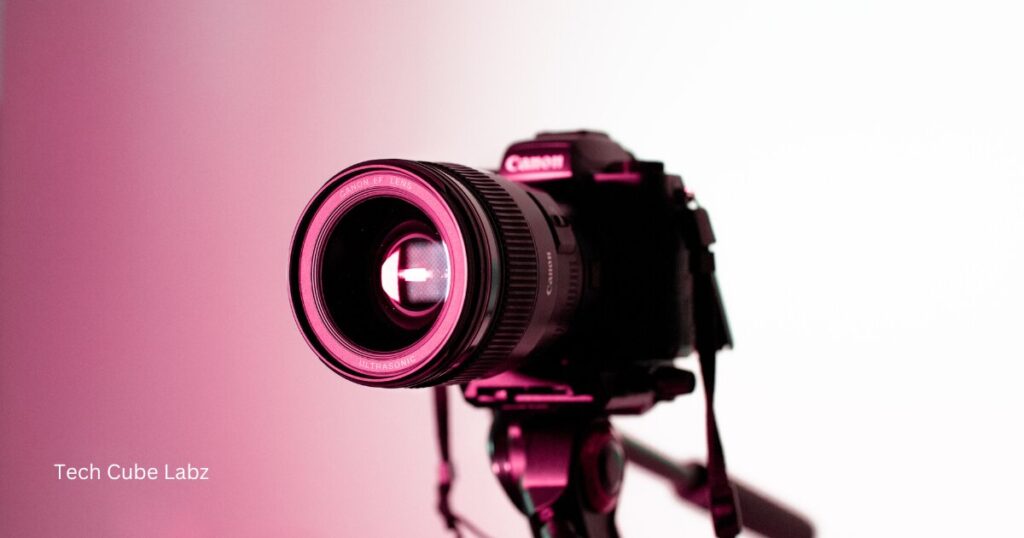
2. Red Komodo 6K
The merging of video and still photography has affected my business the most in recent years. My business has changed from being dominated by stills with occasional video requests to a model where it is now split 50/50.
This shift has been made by many photographers. It’s not a major shift, but I don’t want to label it as such. It’s more like things are coming full circle.
My artistic career started as a filmmaker. I began my artistic career as a filmmaker. In school, I studied cinematography.
This led me accidentally to the creation of stills. My entire biography will not be included here. My career has always been a mixture of two worlds. Filmmaking is my passion, not a necessity.
The recent trend of clients requesting both stills and motion is a welcomed change for me. After spending a lot of money on my still photography gear, the only part that was less than ideal was the realization that I had little video production equipment.
The camera is also much larger and heavier. This is for practical reasons, which I’ll address shortly. If you are used to creating stills using a small, lightweight camera with a prime lens from a sling bag, and then you move to video, you may be in for an unpleasant surprise. [What type of camera is used to film movies?]
Read Also: What camera do all the vloggers use?
3. Sony Venice
I was immediately intrigued when I saw Cinematographer Leland Krene’s post on Facebook asking for a DIT to test Sony’s flagship camera, Venice. I like to dive into these new cameras and get a head start on problems.
Normally, it takes a long time to fix all production bugs. I couldn’t make it to the test because I was busy working on The Good Cop season 1. I sent Michael Maiatico instead.
I worked for six months with Sony’s F55 on HBO’s Vinyl, so I knew what I could expect from that camera.
We shot Vinyl with the F55 using 4K RAW, with only a limited amount of internal XAVC. I think that the F55 is best used in 4K RAW. XAVC doesn’t do it justice. The internal codec is only 422 10bit, which causes artifacts when you push it.
As I couldn’t go to the checkout in AbelCine Brooklyn, I was worried when I learned that we wouldn’t be able to use the R7 on the Movi to record our project.
We couldn’t distribute the weight of the Thalia lenses properly on the R7, and so we were forced to use the internal XAVC480 at 4K. I was not happy with this after spending time using the internal xavc of the F55.
Look at the image for yourself. You’ll be surprised that there are no artifacts or banding on the highlights. The skin tones are pretty accurate, and slog3’s color representation is right on target. [What type of camera is used to film movies?]
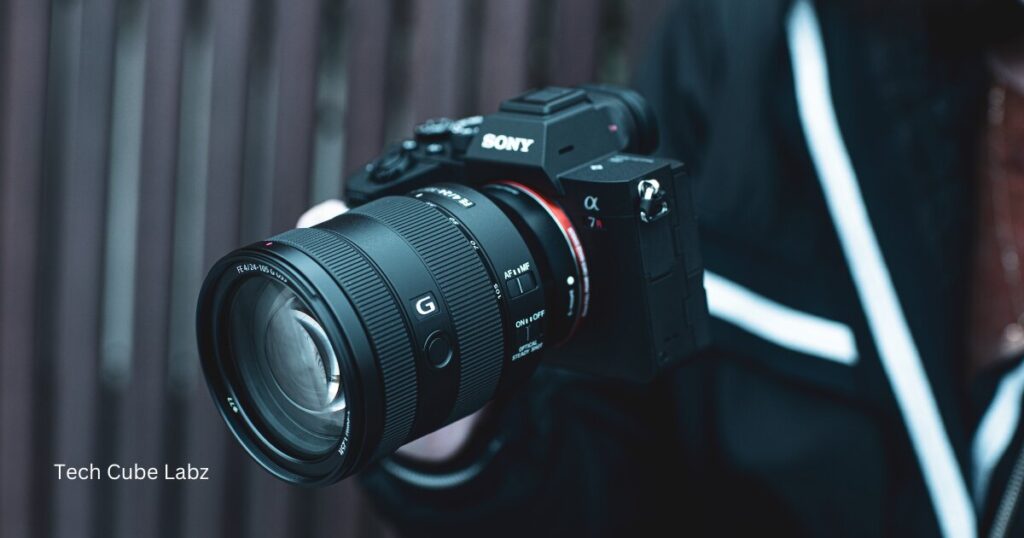
4. Canon C300 Mark III
Canon has released a number of new cinema cameras in the last few months. The C500 Mark II came out in December 2019 and was quickly followed by the C300 Mark III. Here’s a look at the C300 Mark before Canon releases its new cinema camera tomorrow.
Damien Cooper, who reviews Monkeypixels, gives a detailed review of the camera, including its design, image quality and recording options. He also discusses autofocus. There’s also a lot of sample footage taken with the Canon C300 Mark.
Cooper believes that the C300 Mark III offers many features that are beneficial to his commercial work.
These include 4K 120p Canon RAW Light, excellent image quality, dynamic range and a well-designed build. You can read the entire review to see all of Cooper’s positives and downsides. [What type of camera is used to film movies?]
Read Also: Which ring camera is best for the front door?
5. Blackmagic URSA Mini Pro 12K
Prior to this, I hadn’t had the chance to use any Blackmagic Design camera in my cinematography. It was one of many products in the video and photo worlds that I knew about but had not yet tried.
Many of my colleagues have the Blackmagic Design pocket cinema camera 6K pro or its predecessors. I was always curious.
This is not a review that will be overly technical. I’ll briefly mention some of the amazing specs, but this won’t be a tech-heavy one.
Many people with cleaner lab coats are more qualified to examine a camera pixel by pixel and produce mathematical conclusions.
As a professional photographer and cinematographer, I am more interested in how a camera performs when used within a real workflow.
In my article from a few weeks ago, I explained how I was less concerned with the specs of a camera and more concerned about whether it would be reliable, easy to use and versatile.
I want to be able to trust the gear I buy and know it will add value to my workflow. [What type of camera is used to film movies?]
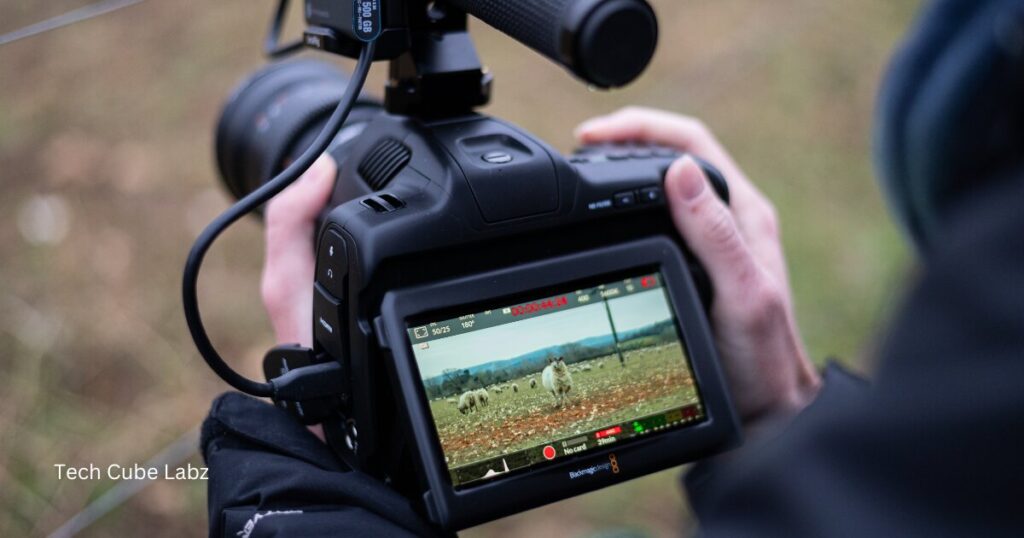
6. Panasonic Lumix S1H
Sony may still be unsure about its video-centric A7SIII. Still, Panasonic smashed the The camera was not available for a long time, but once it did it quickly became the choice of filmmakers and videographers.
You would be doing the S1H a disservice if you used it exclusively for photography. We recommend the Lumix S1, a hybrid camera that is primarily designed for stills but has some excellent video capabilities.
We’ve chosen to focus on the video capabilities of the S1H in this review. If you’re interested in how it performs in stills mode, please read our S1 Review, as they are nearly identical.
The Lumix S1H was designed to be a cinema camera, even more than its predecessor, which focused on video. The S1H sensor was designed to support the S1H’s professional-level video capabilities.
The S1H offers a wide range of video resolutions and frame rates, including 6K/24p, 4K/30p, 4K/60p and more. Most of these are available without cropping. Super35 Mode allows you to crop footage while maintaining 4K resolution.
The majority of users will not need to deliver their projects in 6K resolution. However, shooting at high resolutions gives you plenty of footage to edit to a cropped 4K. [What type of camera is used to film movies?]
7. Sony FX6
It looks very similar to the Sony FS5. It’s a small handheld camcorder that has been incredibly popular. Its compact size and light weight make it ideal for handheld use.
It’s very popular for drone cameras when you remove the top handle. I bought my FS5 four years ago and have taken it around the globe many times.
I’ve taken this camera to the jungles of Southeast Asia and even up into the Arctic. It is a fun camera to use and can produce great images. Shooting with the FS5 was always, at least in my opinion, a compromise.
The codecs on the FS5 aren’t as good as those in its bigger brother, the FS7. You can’t use LUTs if you shoot in S-log2 and S-log3, plus you have some limitations when shooting UHD.
You have to keep in mind that the FS5 camera is a low-cost model. Despite its limitations, it can still produce excellent images.
The huge but stylish cooling vent on the right side of the FX6 caught my attention immediately. To me, this was a sign that the FX6 would probably be able to do a lot of things more than an FS5.
More cooling allows for more processing power. You will see that I wasn’t wrong. [What type of camera is used to film movies?]
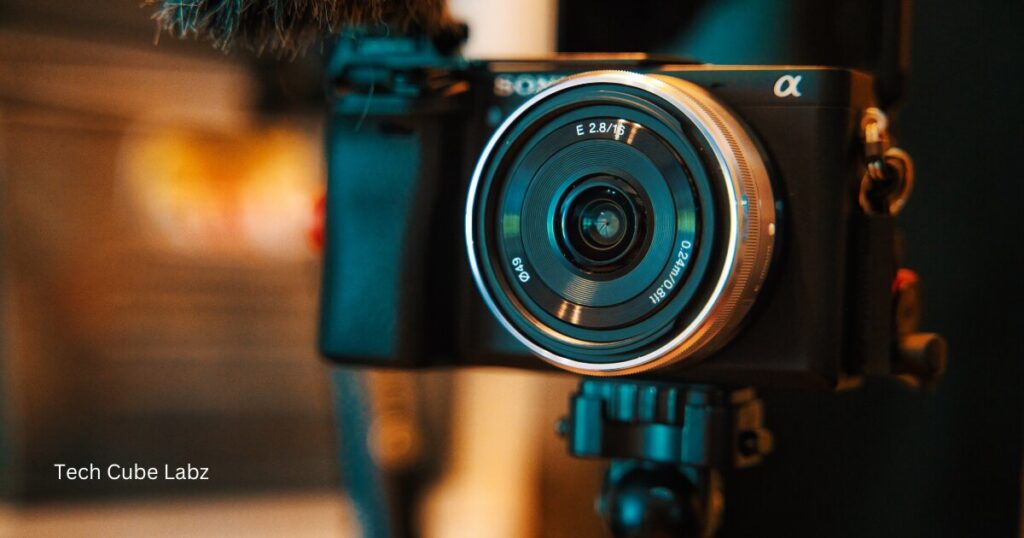
Conclusion:
The type of scene being filmed, the budget, the resolution desired, the portability and the budget will all influence the choice of camera. Cameras like the Arri Alexa LF or RED VRaptor8K VV, which offer high-resolution and excellent color science, are popular for Hollywood productions with large budgets.
Compact and versatile cameras, such as the Canon C300 Mark III and Blackmagic Pocket Cinema Camera 6K Pro, offer excellent quality for indie films and documentary productions at an affordable price.
These cameras each have their own unique strengths, be it in terms of dynamic range, low light performance, form factor, or resolution.
To choose the right camera, filmmakers should take into account their specific needs and requirements. This includes the aesthetics, budget, and practical aspects of their project. [What type of camera is used to film movies?]
What type of camera is used to film movies?: FAQ
1. Can we shoot a movie with a DSLR?
Ans: The latest DSLR cameras can record high-quality video, which will help you advance in your career. Because you know how to operate a DSLR, shooting video with a DSLR will be easier than you think.
2. Should I shoot film or digital?
Ans: The film captures subtle details and color contrasts better, especially when black and white are used. Initial costs are lower. Film cameras are cheaper than digital cameras. You don’t have to worry about your camera running out of power.
3. Why buy a film camera?
Ans: Film cameras produce not only a richer and stronger image but also an aesthetic that is unmatched by digital cameras. Film cameras are unique, and each shot reflects the moment.
